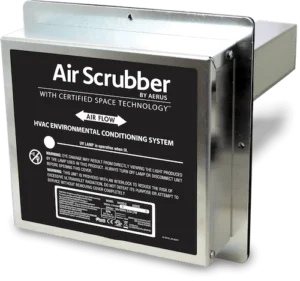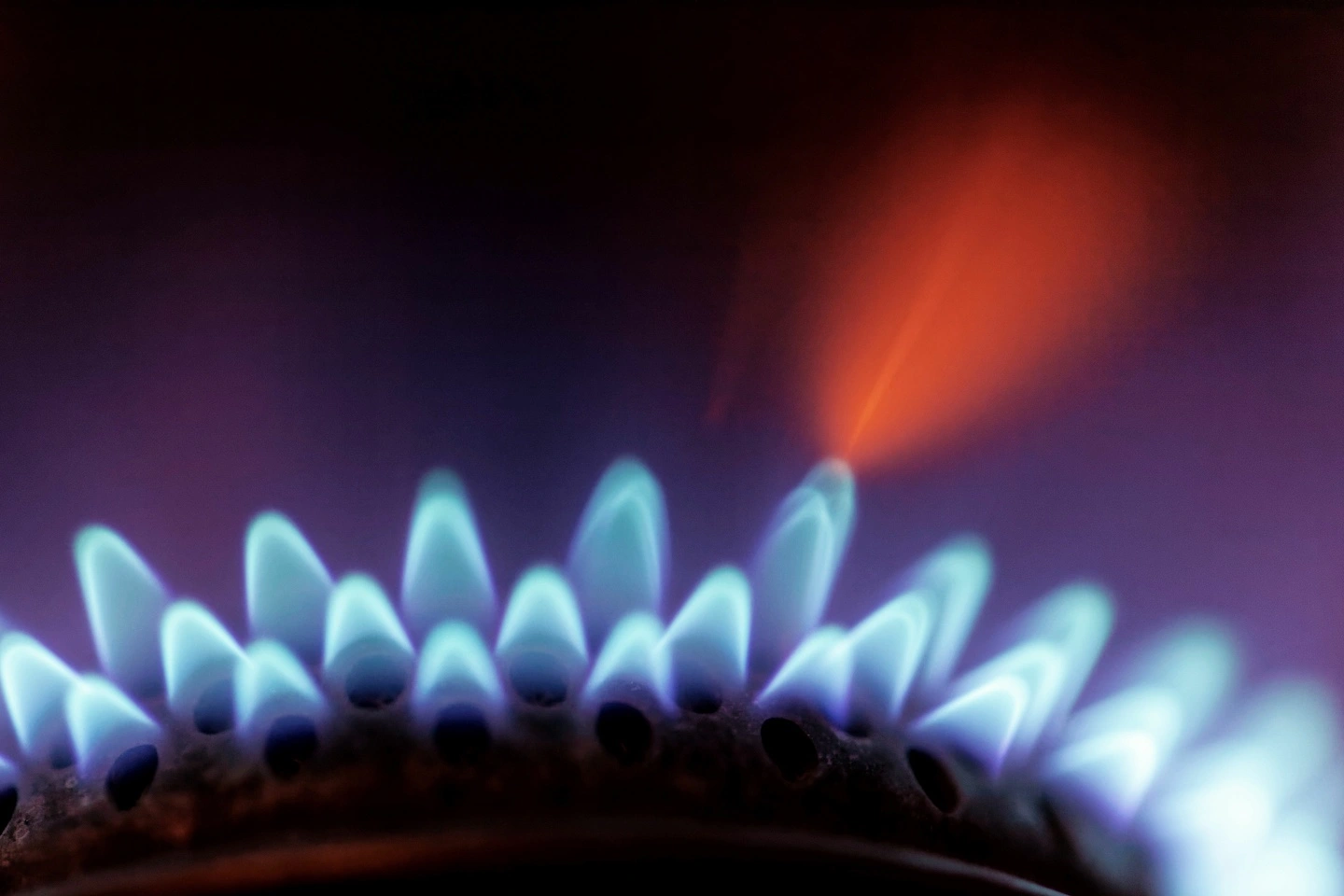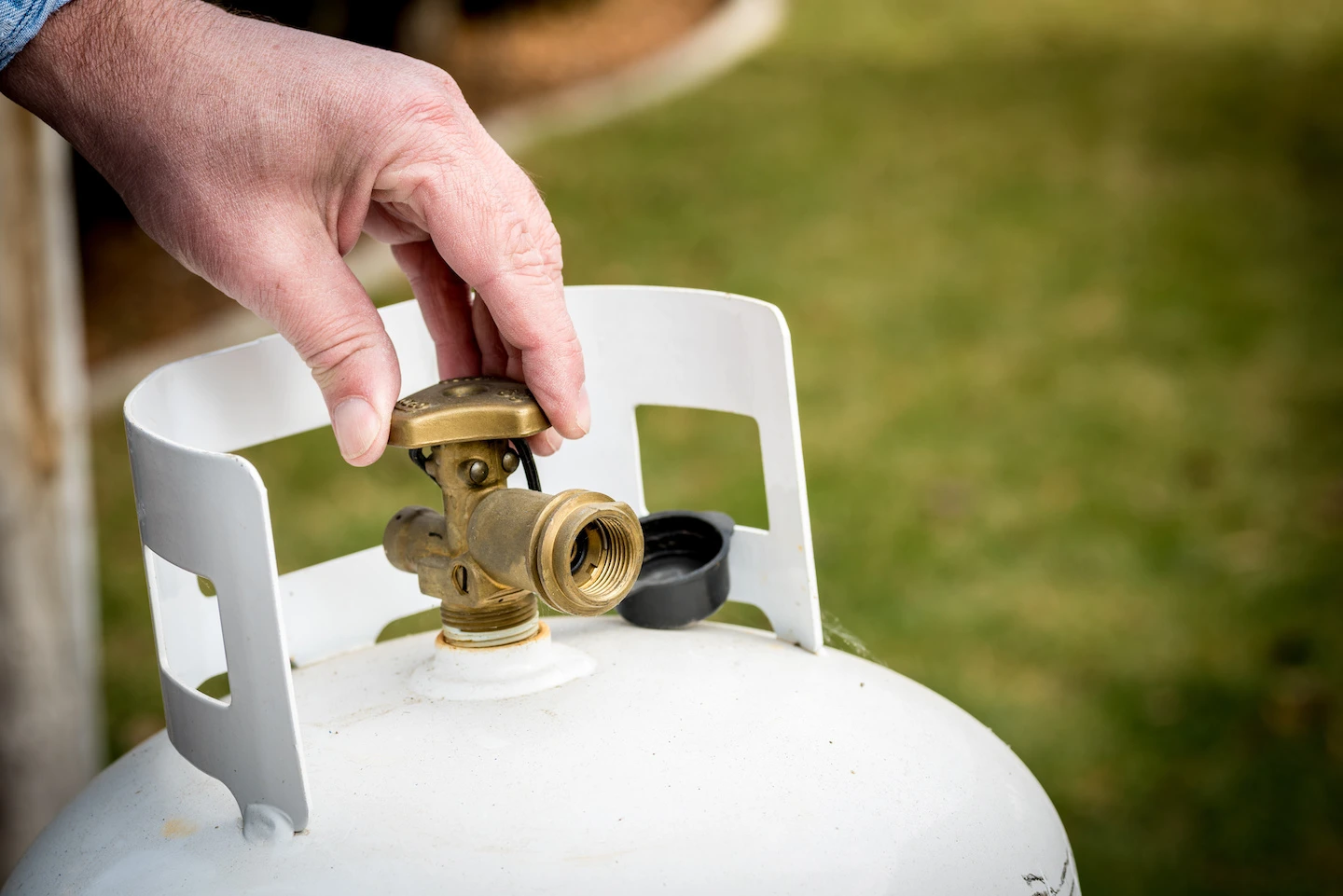If you’ve lived in Austin for any number of years, you’re probably familiar with the age-old battle against seasonal allergies (or year-round allergies for that matter). We love our beautiful landscape and outdoor spaces, but the diverse flora and warm climate often mean you’re facing itchy eyes, runny noses, and congestion month over month.
But there’s good news: an air purifier for allergies can be your secret weapon in the fight for cleaner, healthier air.
At TemperaturePro Austin, we find seasonal allergies just as annoying as you do. That’s why we’re passionate about helping you breathe easier and enjoy a more comfortable living space.

Air Purifier for Allergies: Our Top Recommendation
When it comes to tackling allergies, the Air Scrubber by Aerus is a standout solution. This advanced air purifier uses ActivePure Technology to effectively remove a wide range of allergens and contaminants from your indoor air. Here’s why it’s a game-changer:
- ActivePure Technology: This NASA-trusted technology uses light waves and a special catalytic process to create powerful scrubbing molecules that destroy pollutants. It’s like having a miniature army of air-cleaning ninjas in your home!
- Whole-Home Purification: The Air Scrubber integrates directly with your HVAC system, so it cleans the air throughout your entire home, not just in a single room.
- Reduces a Wide Range of Irritants: Say goodbye to dust, pet dander, pollen, mold spores, and even those pesky VOCs (volatile organic compounds) that can trigger allergy symptoms.
How TemperaturePro Austin Can Help You Breathe Easier
We don’t just sell air purifiers for allergies; we’re your partners in creating a healthier home environment. Here’s how TemperaturePro Austin can help:
- Air Scrubber by Aerus: We provide expert advice and professional installation of the Air Scrubber, ensuring it’s seamlessly integrated with your HVAC system for optimal performance.
- Duct Cleaning: Over time, your air ducts can become a haven for dust, allergens, and other debris. Our professional duct cleaning services remove these contaminants, improving your indoor air quality and the efficiency of your HVAC system.
- Air Filter Replacements: We offer high-quality air filters that trap even the smallest particles, providing an extra layer of defense against allergens.
- HVAC System Maintenance: Regular HVAC maintenance ensures your system is running efficiently and effectively filtering the air.

DIY Air Quality Improvement Tips
While professional solutions like the Air Scrubber by Aerus offer significant benefits, there are also things you can do to improve your indoor air quality:
- Regular Cleaning: Dusting, vacuuming, and mopping regularly helps minimize allergens.
- Humidity Control: Maintain proper humidity levels to discourage mold growth and dust mites.
- Natural Cleaning Products: Choose natural cleaning products to reduce VOCs and other harmful chemicals.
- Ventilation: Open windows and doors periodically to bring in fresh air.
- Air Quality Monitoring: Consider using indoor air quality sensors to monitor pollutant levels.
The Golden Rule of HVAC: Your Guarantee of Quality Service
At TemperaturePro Austin, we abide by the Golden Rule of HVAC. This means we treat your home with the same care and respect we would our own. You can trust us to provide honest advice, transparent pricing, and solutions that truly address your air quality needs.
Breathe Easier, Live Better with an Air Purifier for Allergies
Don’t let allergies control your life. Take action today to improve your indoor air quality. Contact TemperaturePro Austin for a free consultation. We’ll help you find the perfect air purifier and create a healthier, more comfortable home for you and your family.



